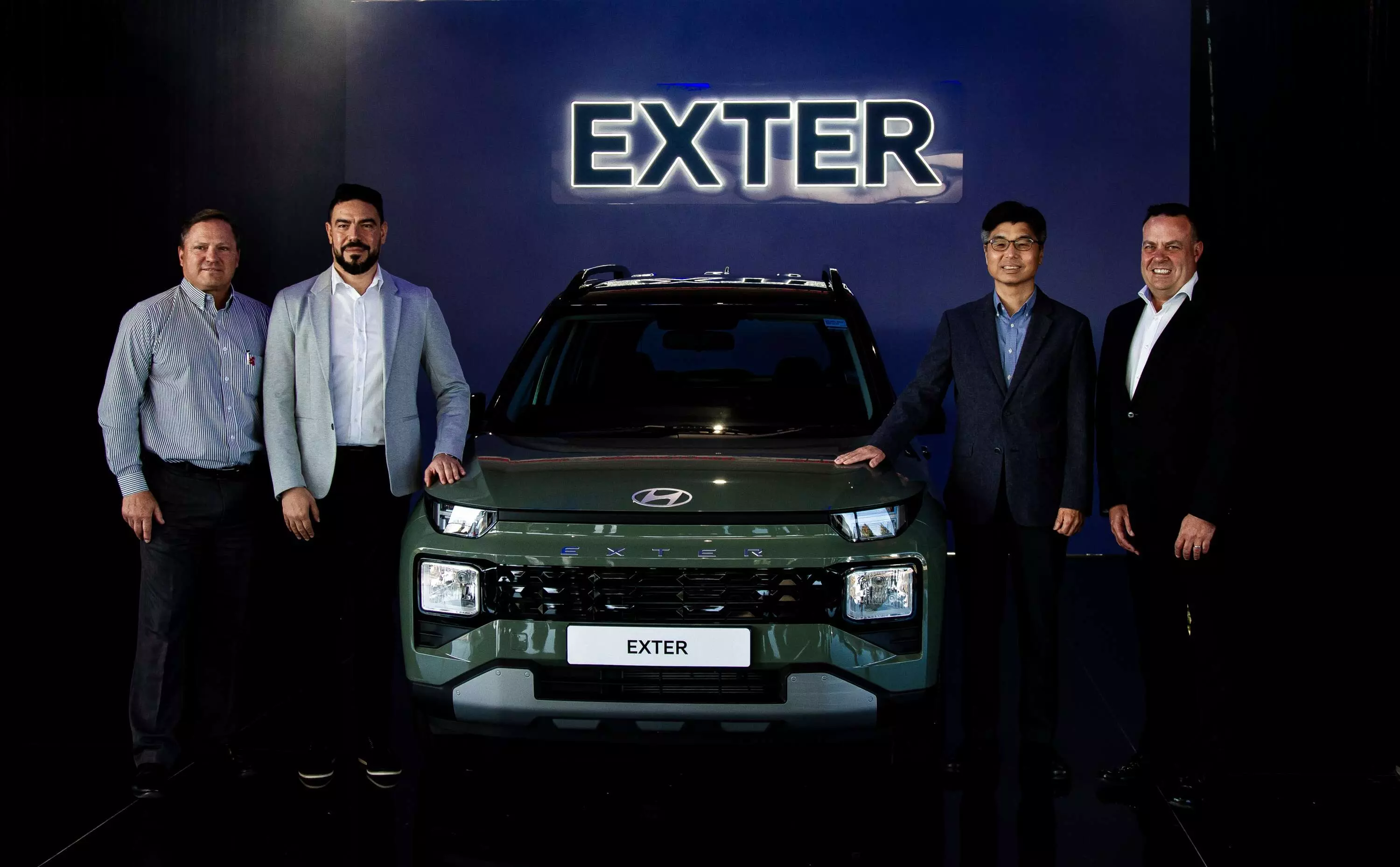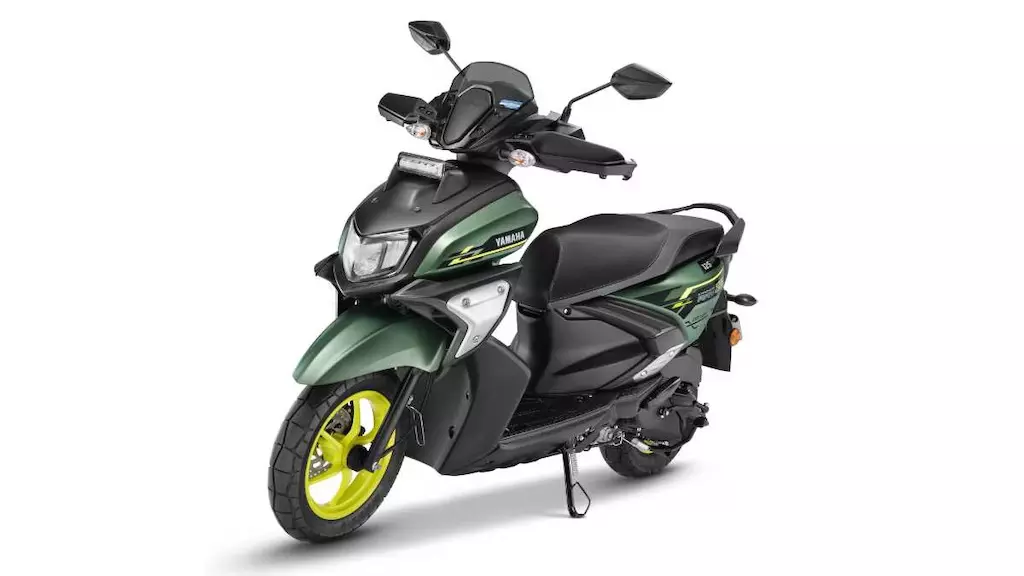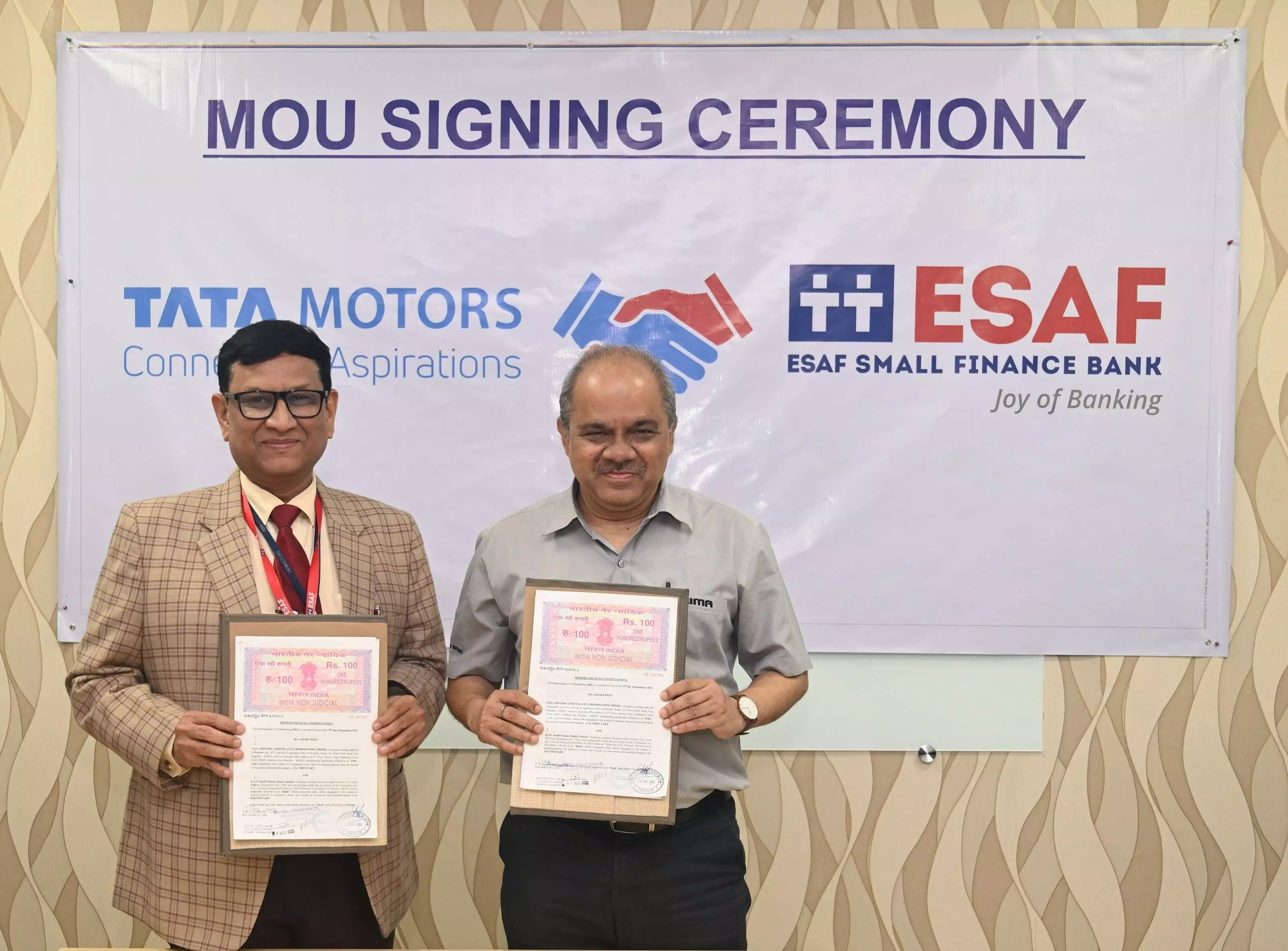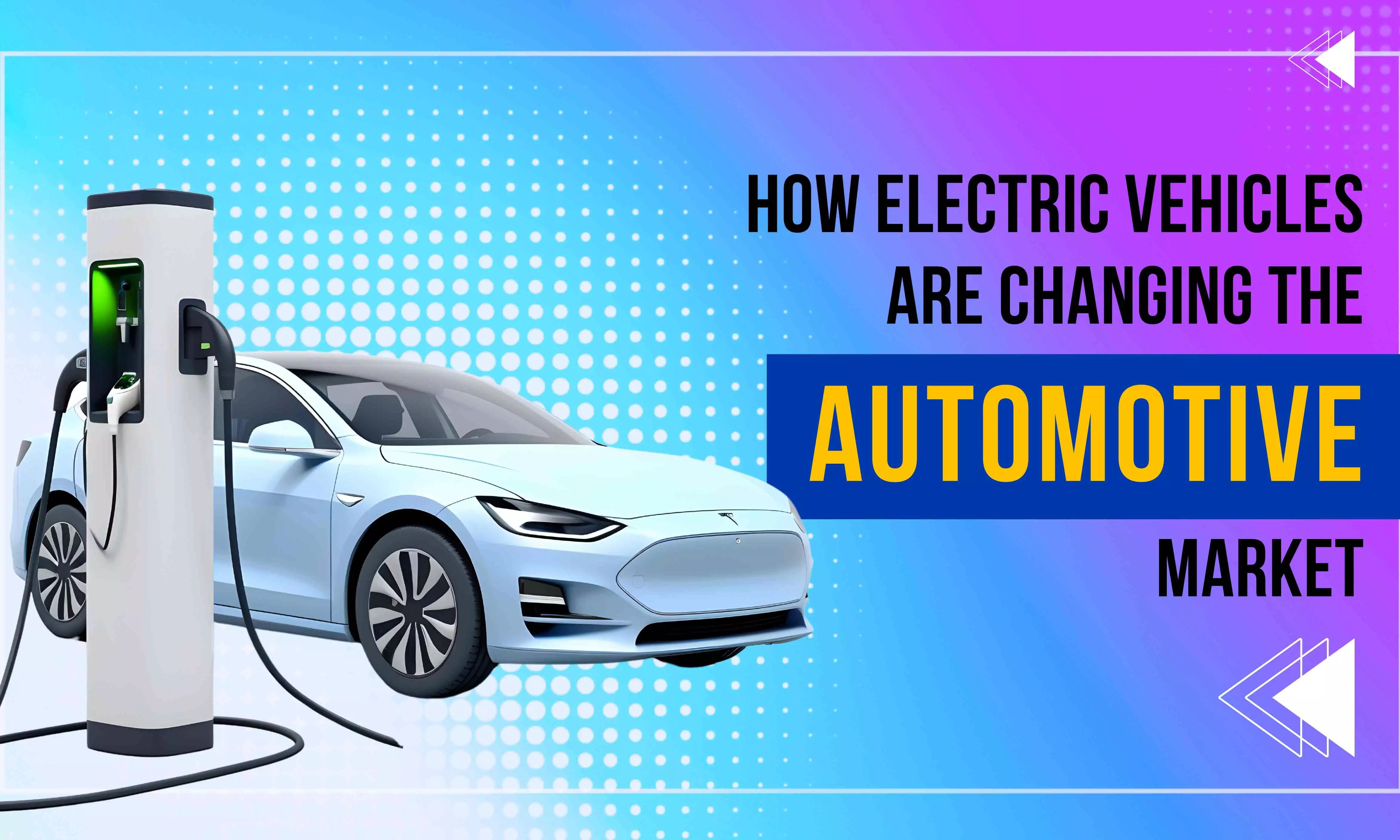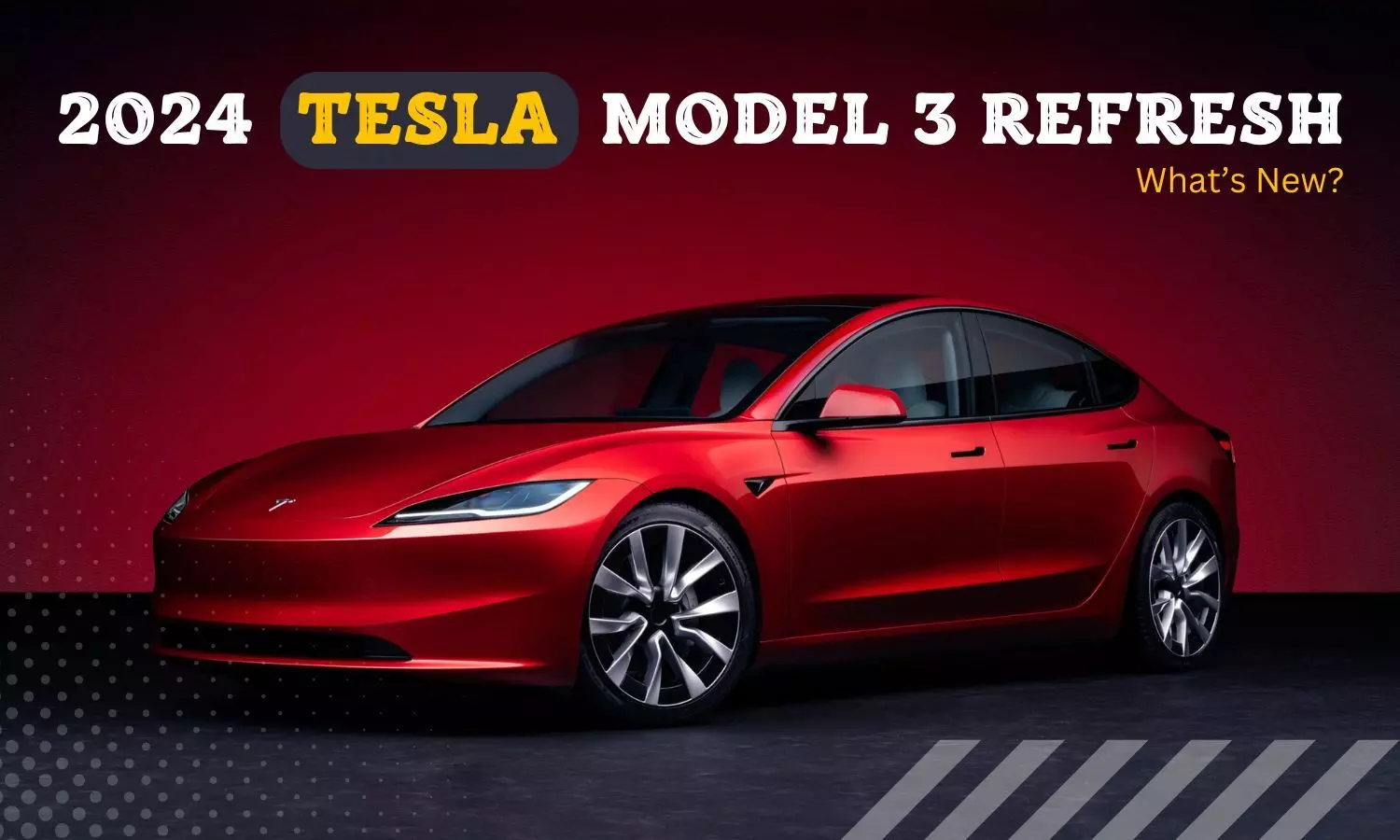JSW MG Motor is making significant strides in the electric vehicle market with the launch of its third model in India: the Windsor EV. The company has introduced an innovative Battery as a Service (BaaS) program, making electric driving more affordable than ever. With BaaS, the Windsor EV starts at an impressive Rs 9.99 lakh (Ex-showroom), accompanied by a rental fee of Rs 3.5 for every kilometre driven.
Even without the BaaS option, the pricing is exceptional, starting at Rs 13.5 lakh (Ex-showroom). Drawing on valuable insights gained from the ZS EV and Comet EV sales in India, has MG Motor successfully unlocked the potential for mainstream electric vehicles in the country? Is the Windsor EV set to lead this new revolution?
MG Windsor EV First Drive Review
Currently, 35% of MG’s sales come from electric vehicles, reflecting the company’s strong belief in an electric future. To enhance its EV lineup, MG has launched its third and most intriguing electric model in India: the Windsor EV. Amid a crowded market of compact SUVs in the 4.3m segment, MG categorises its latest offering as a Crossover Utility Vehicle (CUV).
The design of the Windsor EV is a refreshing change, blending the appeal of a large hatchback with crossover elements. It certainly appears larger than other SUVs in the same size category. The Windsor EV promises to combine the luxury of a sedan with the versatility of an SUV.
Starting with its design, the MG Windsor features clean lines and a curvy, aerodynamic profile. The front fascia showcases a compact bonnet, Starstreak-connected LED DRLs, an illuminated MG logo, and LED projector headlights, all adding to its modern appeal. The lower bumper boasts a large air dam with a mesh pattern and a chrome-finished faux skid plate. While there’s a space for a radar module for ADAS, this feature isn’t included in the India-spec model.
From the side, the Windsor EV displays a sleek silhouette, described by MG as its Aeroglide design. Flush door handles enhance aerodynamic efficiency and conveniently pop out automatically for easy access. The large 18-inch alloy wheels are also designed with aerodynamics in mind, featuring blue highlights that emphasise its eco-friendly credentials.
A standout feature of the MG Windsor EV is its expansive window area, made possible by a best-in-class wheelbase of 2700mm. The charging port is conveniently located on the left front quarter panel, though it could have been more prominently placed at the front, beneath the illuminated logo.
At the rear, the design is minimalist, and to be frank, the rear aesthetics are not the Windsor EV’s strong suit. Key features include Smartflow LED connected taillights, a glass antenna, and the MG logo alongside Windsor badging. MG has truly delivered with the Windsor EV, offering some of the finest paint finishes available in 4.3m vehicles. Buyers can choose from four colour options: Turquoise Green, Starburst Black, Pearl White, and City Beige.
Best-in-Class Interiors
It’s a bold claim, but the MG Windsor EV delivers with its spacious and futuristic cabin designed for comfort and technology. The interior features high-quality materials with an impressive fit and finish. An all-black theme is enhanced by a faux wood finish and soft-touch plastics on the dashboard, while Royal Gold accents add a touch of luxury.
At the heart of the cabin is the segment-leading 15.6-inch Grandview touch infotainment display, which boasts five customisable themes. Many core functions are integrated into this display, a design choice we feel could be reconsidered. Below the screen, you’ll find physical climate controls tailored for the Indian market. The stylish two-spoke steering wheel, upholstered in premium black leatherette, offers tilt and telescopic adjustments for a personalised driving experience.
Front Seating
Both front seats in the MG Windsor EV are ventilated, with the driver’s seat featuring a 6-way power adjustment. The center armrest includes a spacious storage area, and thanks to the gear selector being positioned in the steering column, the center console is filled with additional storage compartments, including a wireless charger and extra charging ports. The driver and front passenger sunblinds are equipped with vanity mirrors and LED lights. Notable features include cruise control, a 9-speaker audio system by Infinity, and a first-in-segment 256-color ambient lighting system. Emphasising its tech-savvy nature, the Windsor EV comes with the i-SMART telematics system, offering over 80 connected features and voice commands in six languages: Tamil, Telugu, Marathi, Gujarati, English, and Hindi.
Additionally, the Home-to-Car functionality allows you to control key vehicle functions remotely. With one-touch up/down windows for all four doors, MG has cleverly integrated this feature into the lock button on the key fob—when locked, all windows will automatically close. The car also features keyless entry, with proximity locking and unlocking, while the flush door handles elegantly pop out to greet you.
Rear Seating
Rear-seat passengers in the MG Windsor EV enjoy best-in-class legroom and ample headroom. The flat floor, center armrest, and rear AC vents further enhance space and comfort. One of the standout features is the first-in-segment Aero Lounge seats, which recline an impressive 135 degrees, offering a business-class experience. While the cushioning is excellent, taller passengers may find the under-thigh support slightly lacking. Nevertheless, these seats are arguably among the best in any 4.3m vehicle available in India.
The Infinity View glass roof is another highlight, flooding the interior with natural light and creating an open, airy atmosphere. However, on hot days, this feature can make the cabin take longer to cool down. A sun blind is included, which can be finely adjusted from the infotainment screen. Additionally, several core vehicle controls, such as the sunroof shade, headlight settings, audio adjustments, regenerative braking, trip computer, and ventilated seat options, are accessed through this touchscreen.
The MG Windsor EV boasts best-in-class boot space at 604 litres. For even more storage, the rear seats can be folded down in a 60-40 split. Beneath the boot floor, you’ll find a charging cable and a tyre inflator.
Performance and Dynamics
The MG Windsor EV is powered by a 38-kWh battery pack, driving a single electric motor that delivers 136 horsepower and 200 Nm of torque to the front wheels. MG claims an ARAI-certified range of 332 km on a full charge. Charging options include both AC and DC sources, with the Windsor EV taking 13.8 hours to reach 100% state of charge (SOC) using a 3.4 kW AC charger and 6.4 hours with a 7.4 kW AC charger. If you have access to a 50 kW DC charger, the time drops significantly to just 55 minutes for a 0-80% charge.
It features four driving modes: Eco+, Eco, Normal, and Sports, each affecting the range displayed on the trip computer. While Eco+ mode tends to feel sluggish, Sports Mode unleashes the full potential of the Windsor EV, with noticeable differences between the various modes.
Safety
In terms of safety, the MG Windsor EV comes equipped with six airbags, which is standard. To further bolster safety, it features advanced systems such as ABS, ESP, Hill-start Assist, and Hill Descent Control. Additionally, the vehicle includes 360-degree surround view cameras, rear parking sensors, rain-sensing wipers, automatic headlights, and an auto-dimming rearview mirror.
Considering the Windsor EV’s features, performance, comfort, and competitive pricing, it offers a compelling value proposition for those looking to transition to electric mobility in India. With its Battery as a Service (BaaS) program, MG has made electric vehicles more accessible to the broader market. This innovative strategy could serve as a model for other EV manufacturers aiming to compete with MG’s aggressive pricing tactics.
For added peace of mind, MG provides an unlimited kilometre warranty and buyback plans. Additionally, Windsor EV buyers will enjoy complimentary access to public charging stations through MG eHUB for the first year.

